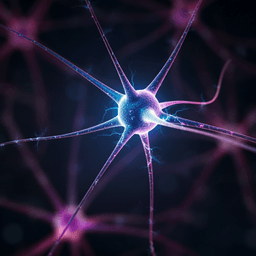
Space Sciences
Why reducing the cosmic sound horizon alone cannot fully resolve the Hubble tension
K. Jedamzik, L. Pogosian, et al.
Explore the intriguing Hubble tension that puzzles cosmologists: a disparity between locally measured and CMB-inferred universe expansion rates. This research, conducted by Karsten Jedamzik, Levon Pogosian, and Gong-Bo Zhao, uncovers that merely reducing the sound horizon at recombination does not solve the issue without contradicting other key datasets.
~3 min • Beginner • English
Related Publications
Explore these studies to deepen your understanding of the subject.







